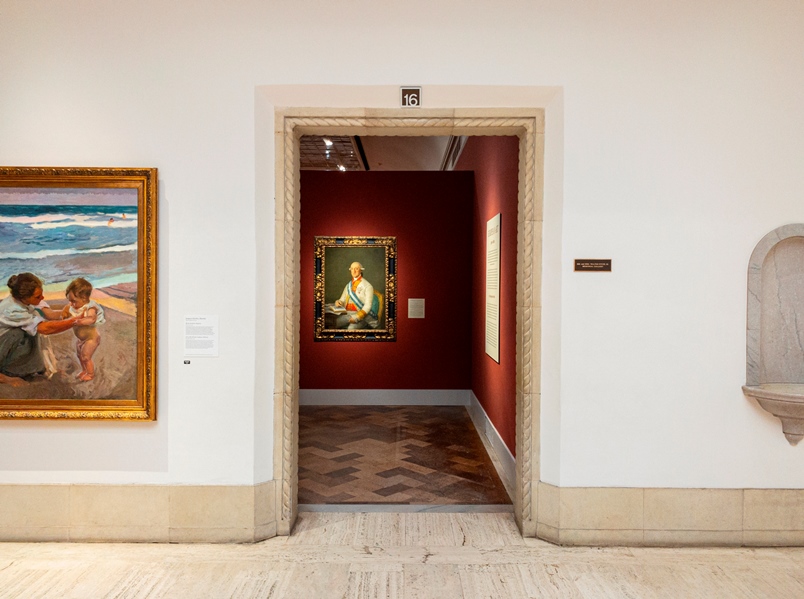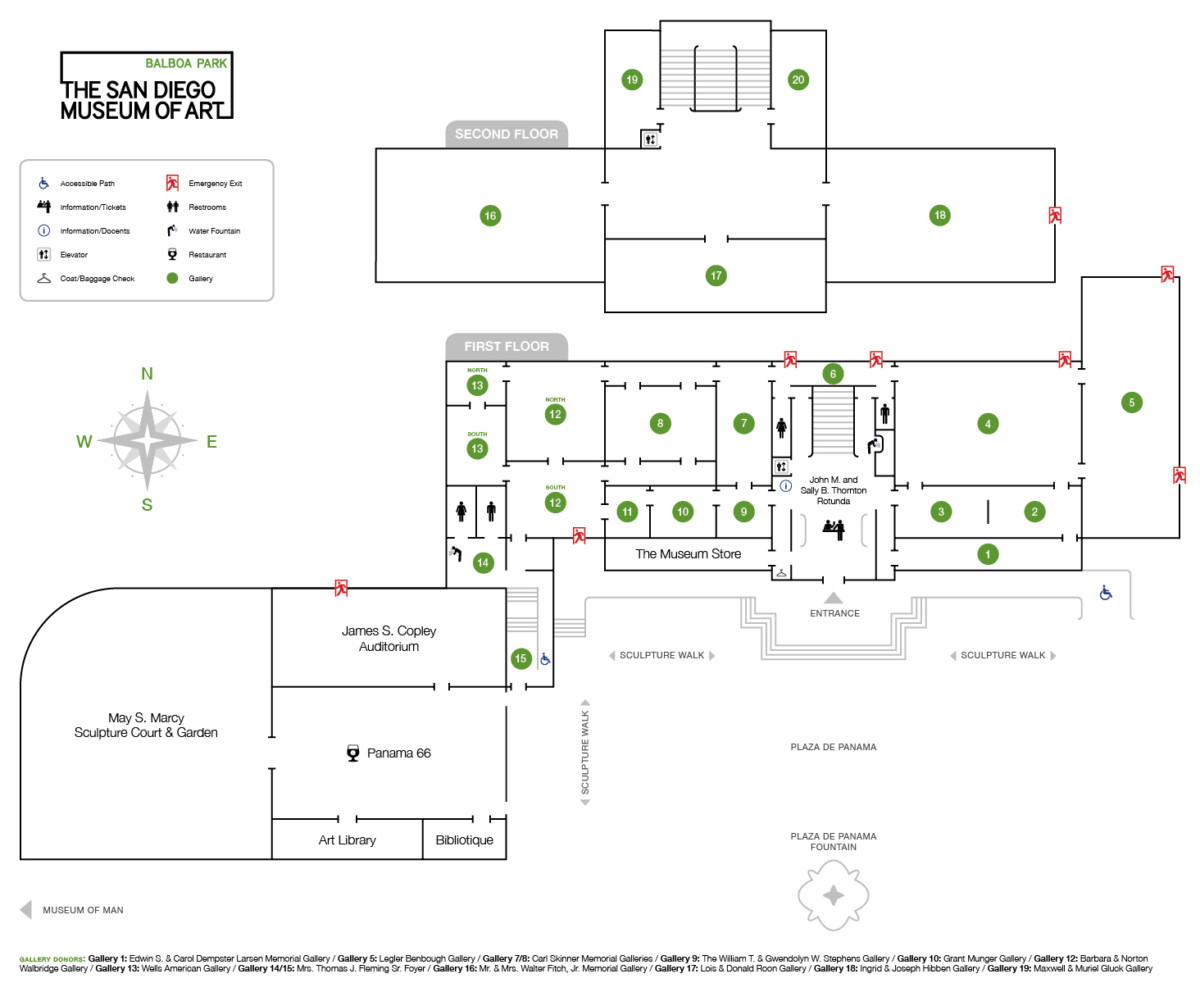In the Early Medieval era to the Renaissance and Baroque eras, a large part of the artistic production in Europe was commissioned by the Catholic Church or by wealthy aristocratic and royal patrons. Religious institutions hired artists and architects to build and decorate places of worship, from cathedrals to monasteries and hospitals. Monarchs and wealthy nobility also employed artists to paint portraits, as well as devotional and mythological subjects.
In the north, Martin Luther’s Reformation emerged in the 1500s to challenge the prevailing Roman Catholicism, while global trade and scientific advances led to a greater interest in the everyday world. This led to a dramatic shift in European painting around 1600. It was the dawn of the Baroque era, which saw the rise of naturalism—the depiction of things as they actually appeared in nature rather than the idealized forms of the Renaissance. The Church responded to Protestantism with a unified strategy known as the Counter-Reformation, in which the visual arts should engage through narrative clarity, emotional charge, and delight human senses to inspire devotion.



